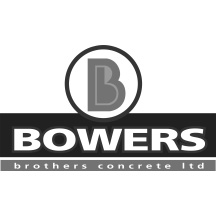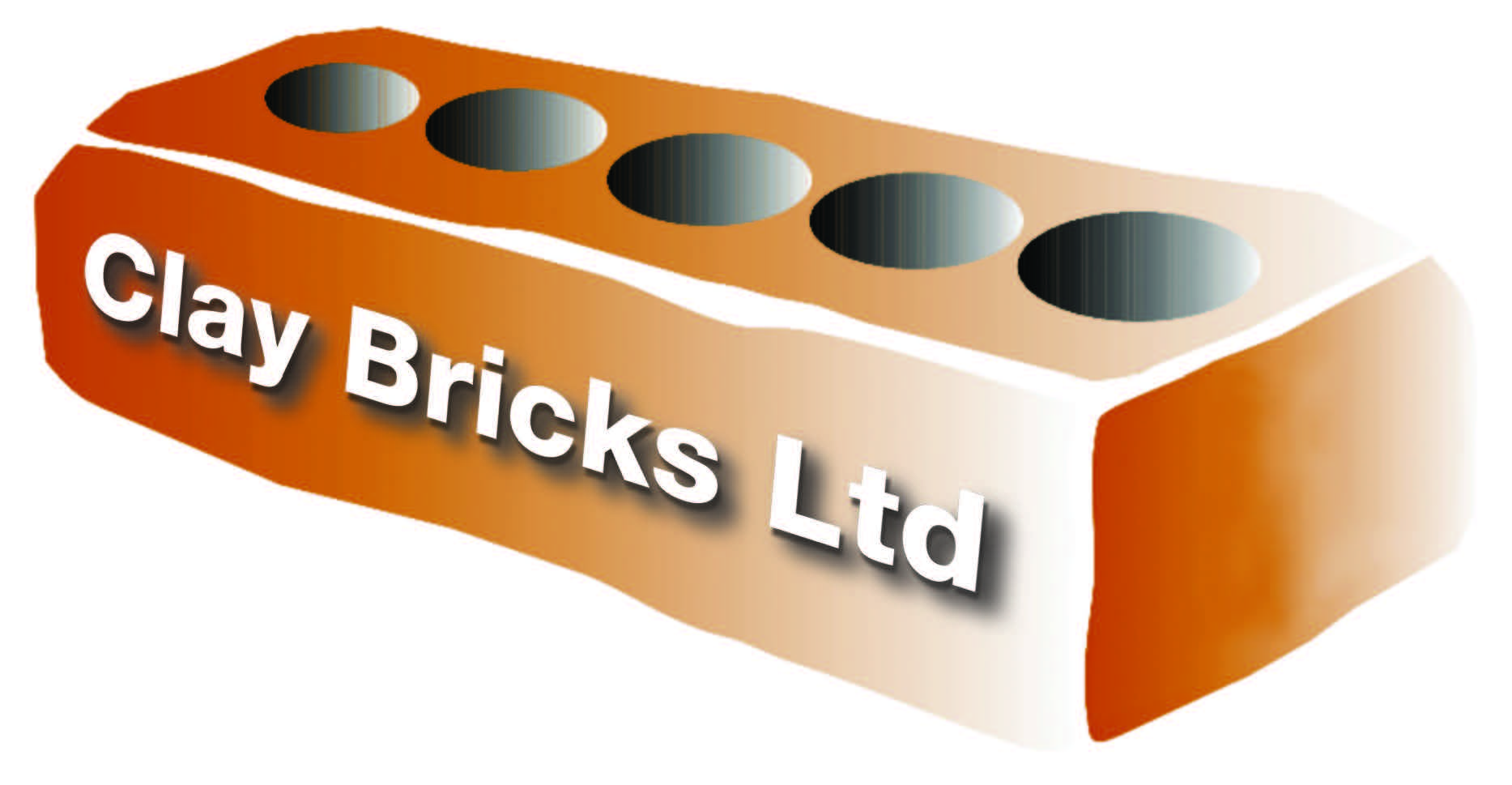The way that bricks are arranged affects a veneers stability and strength and is referred to as a ‘bond’ or ‘bonding’.
Brick Bonds
The way that bricks are arranged affects a veneers stability and strength and is referred to as a ‘bond’ or‘bonding’.
RUNNING OR STRETCHER BOND
Section 9.2.2 of E2/AS1 requires that bricks are laid with a “running”bond (also referred to as “stretcher”bond). You can read this document here: E2/AS1 (part4).
This means that the bricks of each course overlap the previous course by between 25% and 75% of the length of the bricks as per NZS4210: 2001 Section 1.3 Definitions
NZS3604:2011 Section 11.7.2.2 advises that no length of veneer wall or return can be less than 230mm.
While 70mm brick maybe laid to 1/3 bond(also known as metric bond) it is recommended that bricks always be laid to 1/2 bond(50%). This may mean cutting all 70mm corner bricks to 190mm in length.
Internal corners and junctions need to be stitch bonded.
STACKBONDING
Stackbonding provides the ability to create a brick cladding that presents both vertical and horizontal lines and patterns that add new dimensions to the aesthetic appeal of the veneer.
Stackbonding is not recognised under the acceptable solution for brick veneers (E2/AS1) and therefore requires specific engineering design.
To assist with the design of stack bonded systems, the New Zealand Concrete Masonry Association (NZCMA) has released design guidance that provides the following specification and limitations for stackbond use:
- Studs are to be positioned at a maximum 400mm centers.
- Screwfixed brick ties are to be installed at maximum 400mm centers horizontally and 400mm centers vertically(every 4th course commencing at two courses above the base or equivalent in the case of a double height brick)
- In-joint reinforcement is to be installed every 4th course(or maximum of 400mm) alternating with the rows of brick ties.
- The maximum permitted height is 4.0m unless Specific Engineering Design has been undertaken to cover the additional required height specified.
You can read this information here: NZCMA informationonstackbondingdesign
You can read the next section here:








